I know EE.SE loves a good treasure hunt, so here's one to noodle on. This device was made in the 1950s or 1960s by a Bell Labs EE. He designed it as a toy to amuse his young son. Said child, now turning 70, has asked a family member (me) how it might work again.
Reportedly, when connected to 96V of dry cells, the device blinks its lightbulbs and changes their pattern and frequency based on the configuration of the rheostats and switches.
I'm having trouble identifying the components, or even how this circuit, which seems to be made of 1uF capacitors and 150k/180k resistors, could ever oscillate.
Thoughts?






